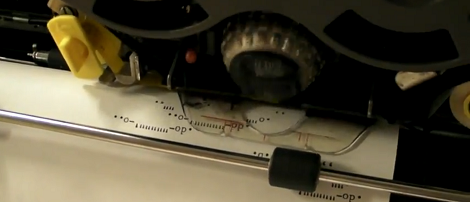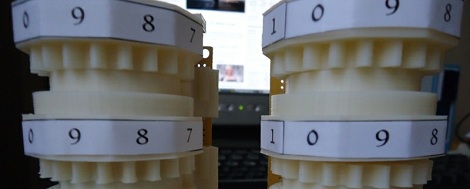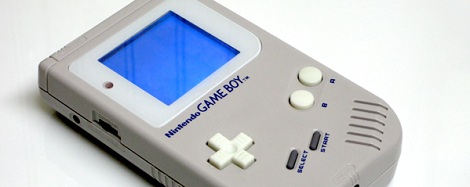We’ve had the retro edition of Hackaday up for about a week now, and already a few people have sent in a few neat builds that use an ancient computer to pull this page up. The latest comes from [RetroAppleFanToday] who used an Apple IIc to browse the Internet.
To load our humble retro edition, [RetroAppleFan] used a serial connection between the Apple and a Mac Mini to get a terminal running on the 30-year-old computer. From there, it was a simple matter of running lynx to browse the Internet.
There are a few more retro submissions cataloged on our retro successes page including a NEXT cube. If you have an old computer lying around that can pull up our retro site, don’t feel shy about sending it in; it’s pretty much guaranteed to get a mention.
As far as the development of the retro site is going, we’re posting 5 random stories every day. There’s a script to generate the front page every day, but if we get enough complaints or compliments we may just generate a new front page for every visitor.

















